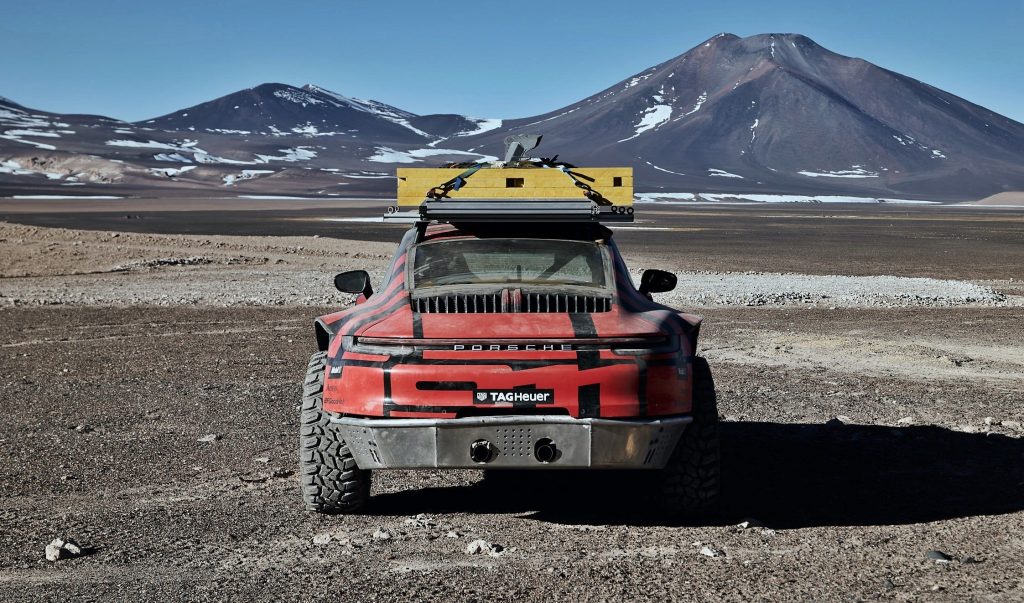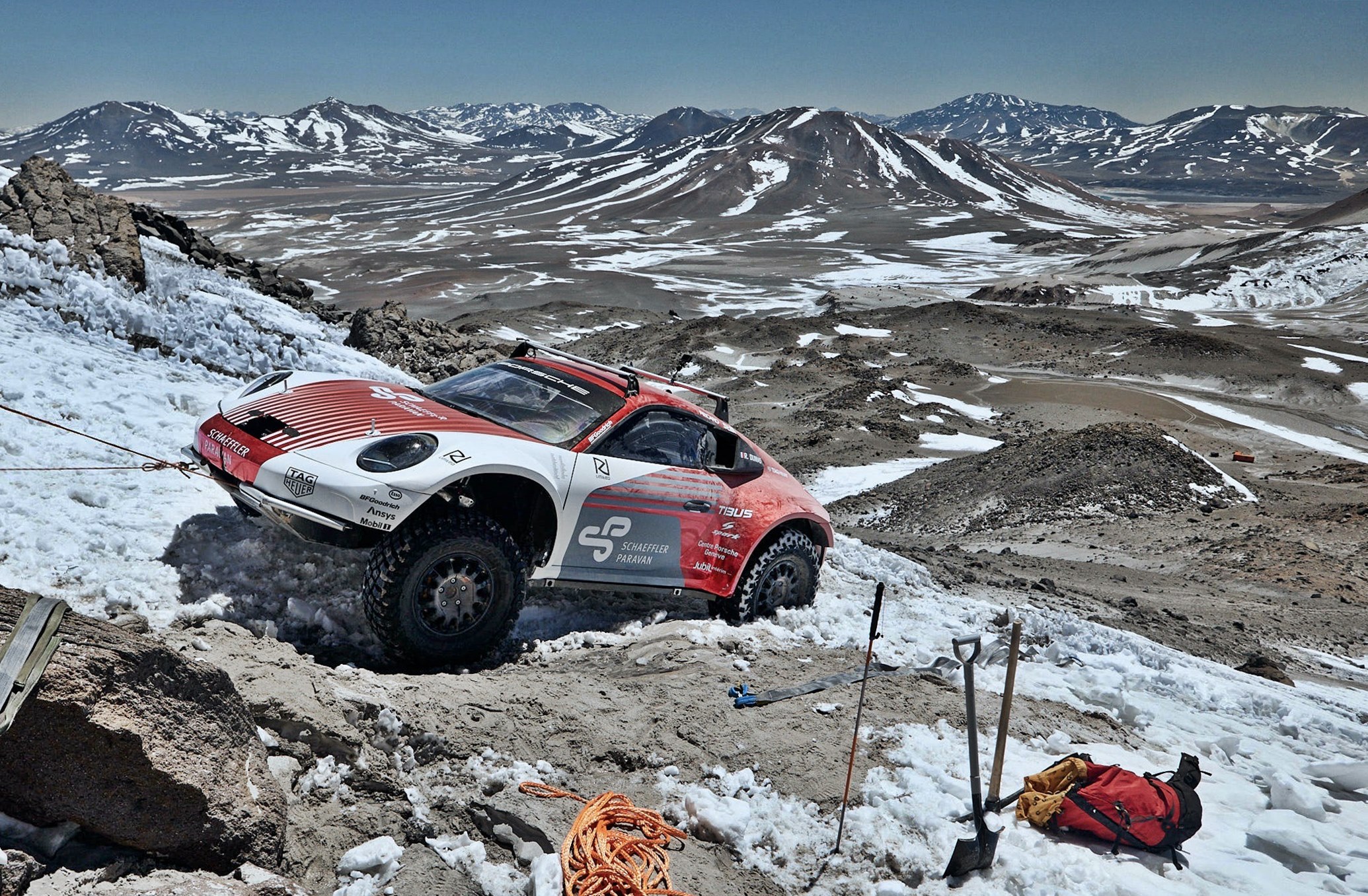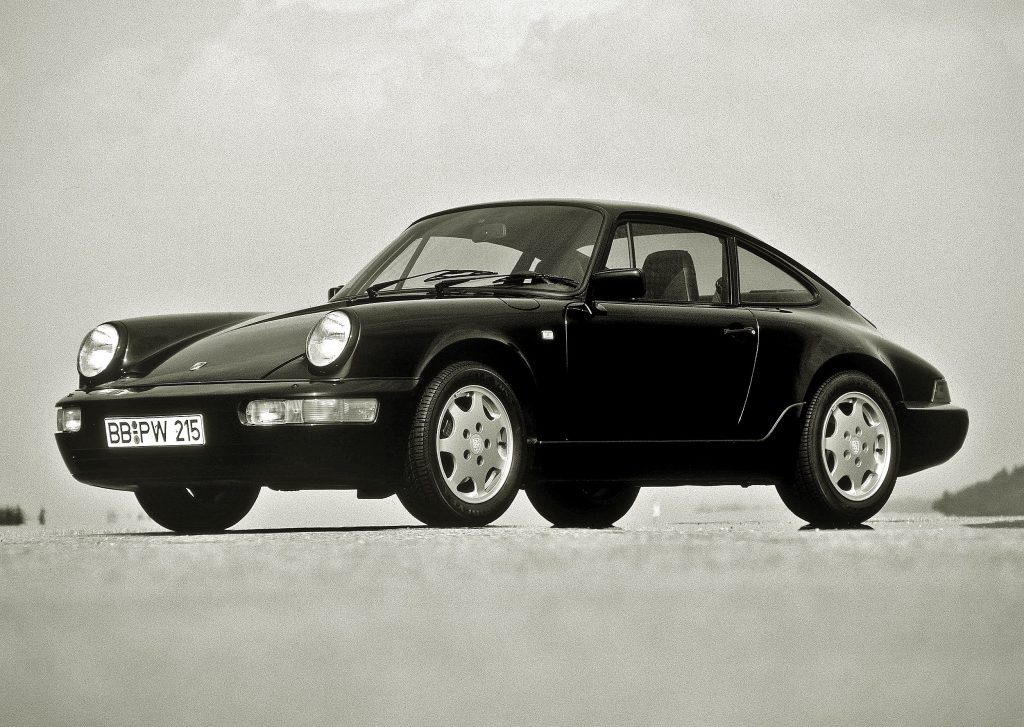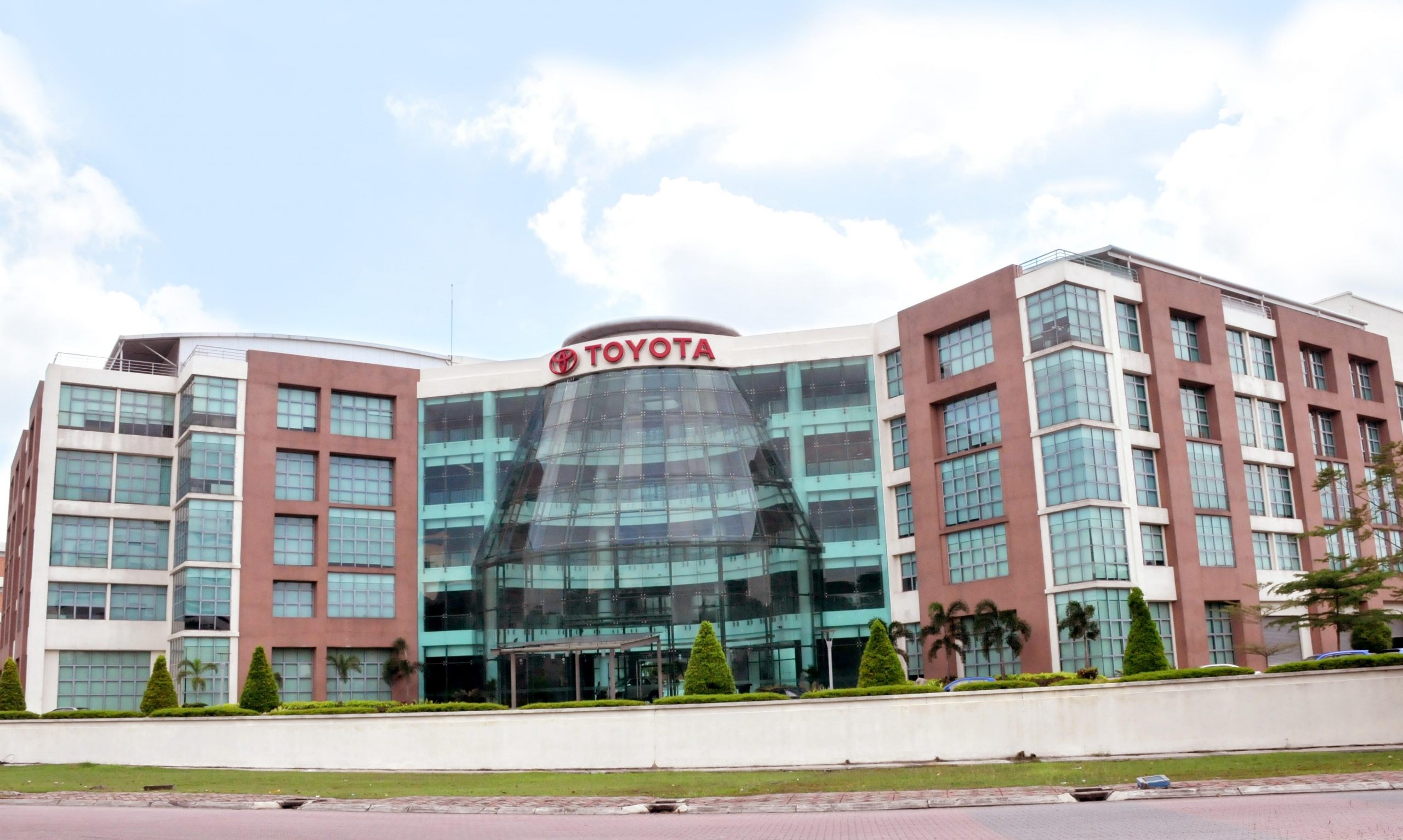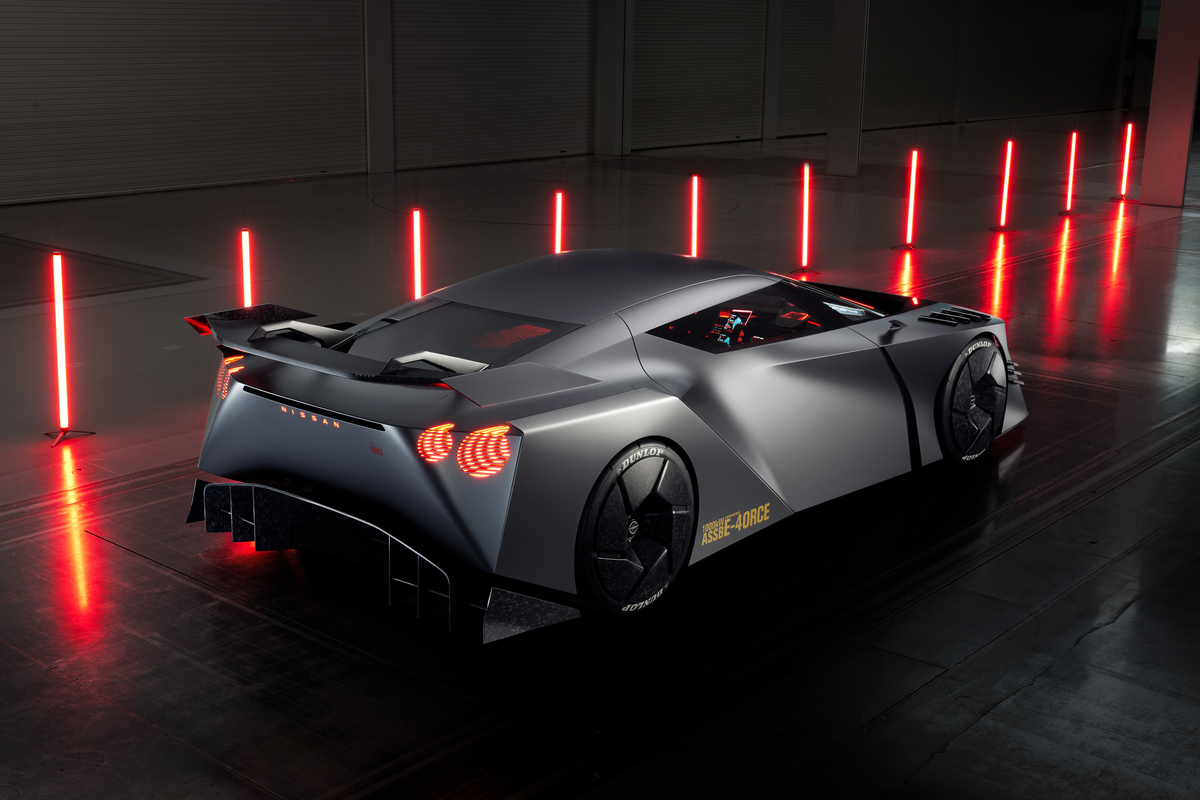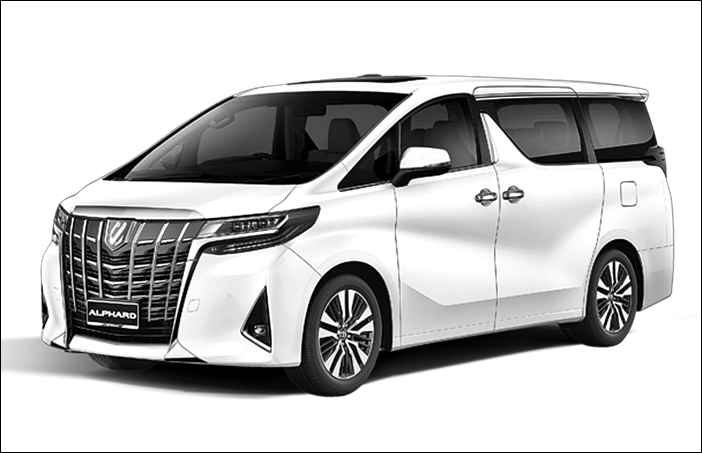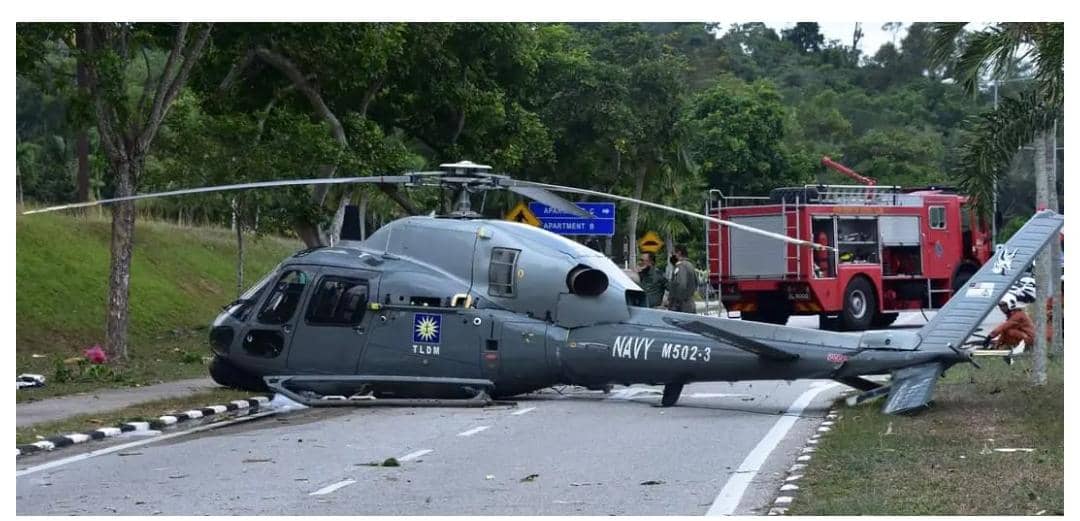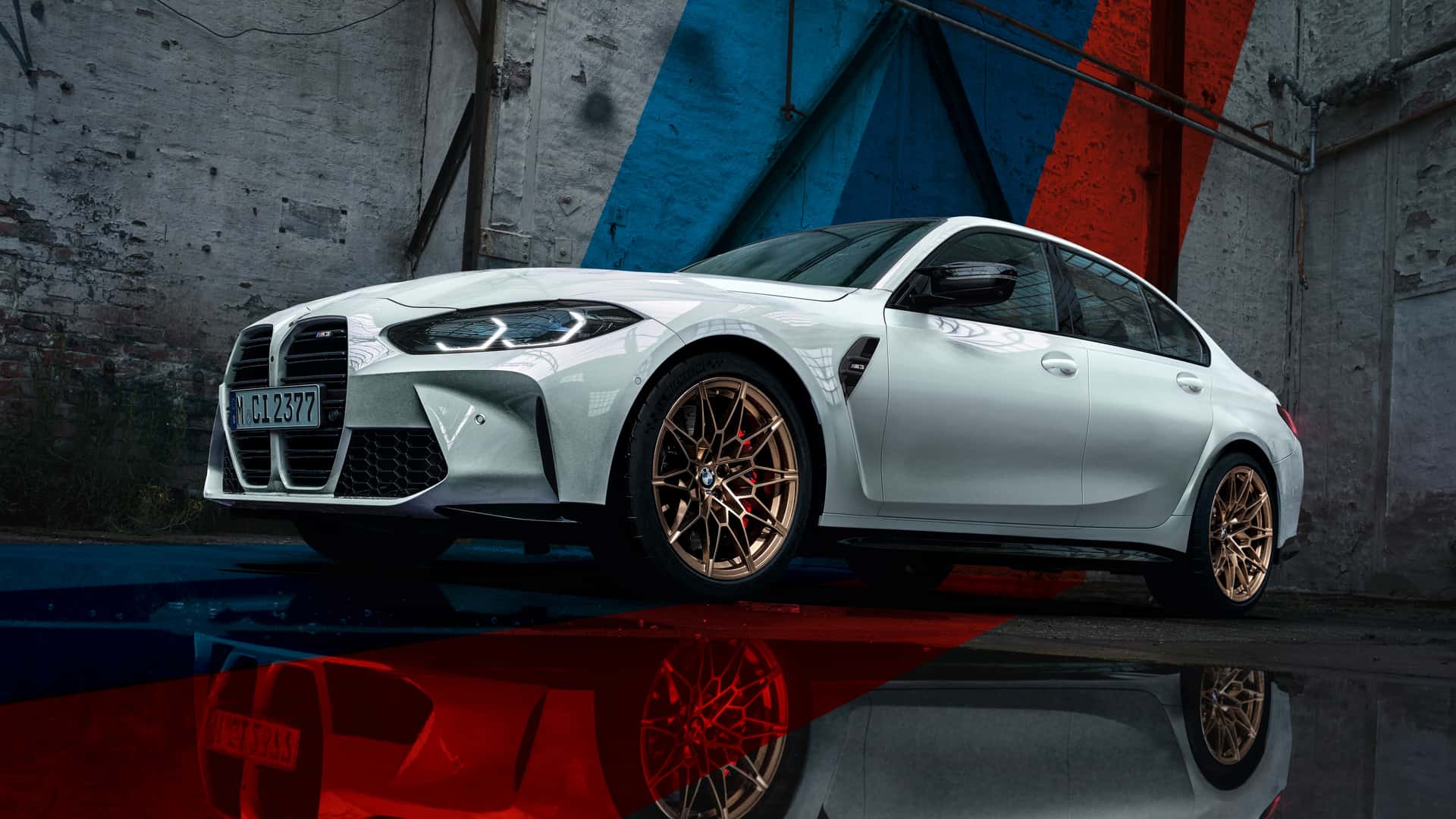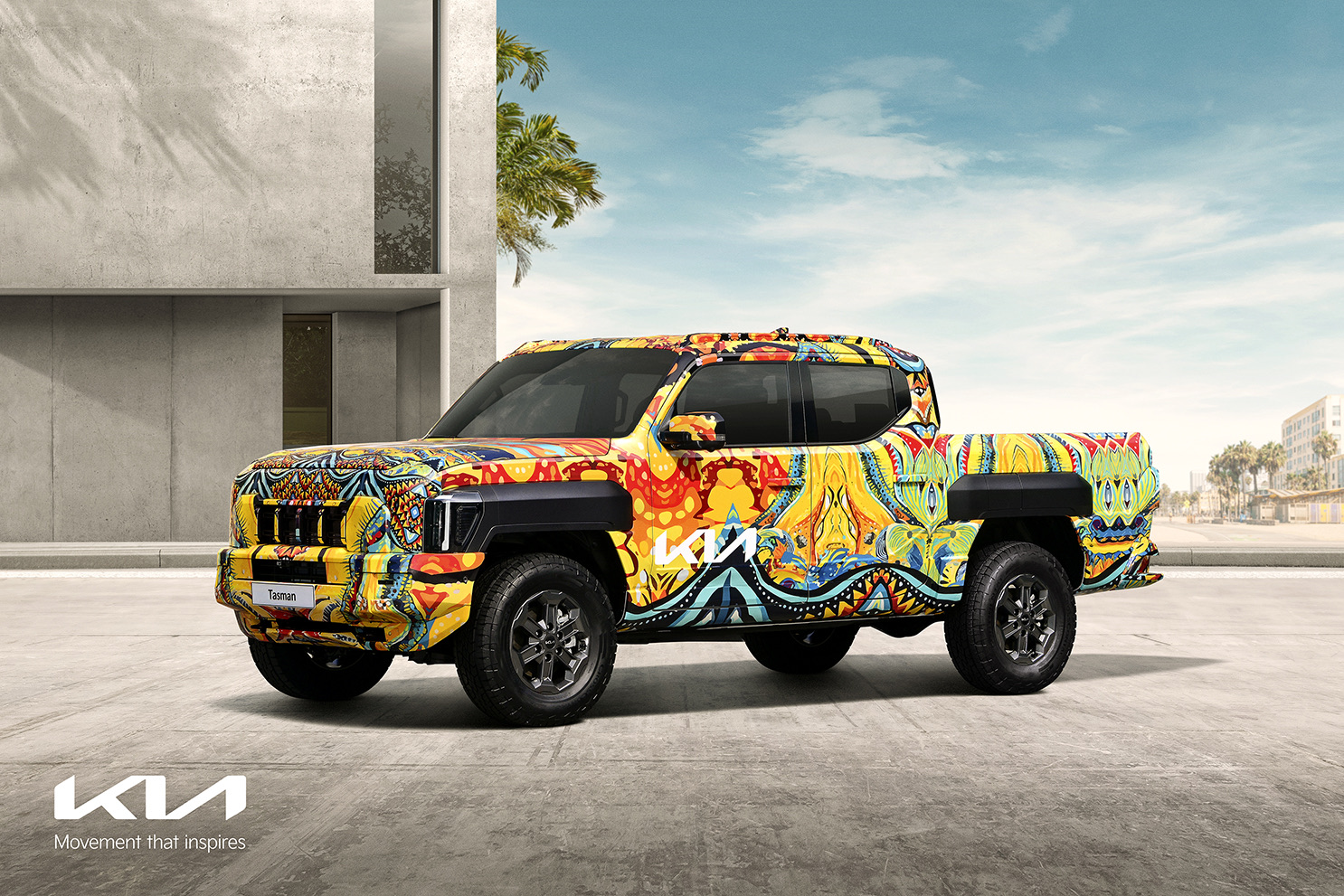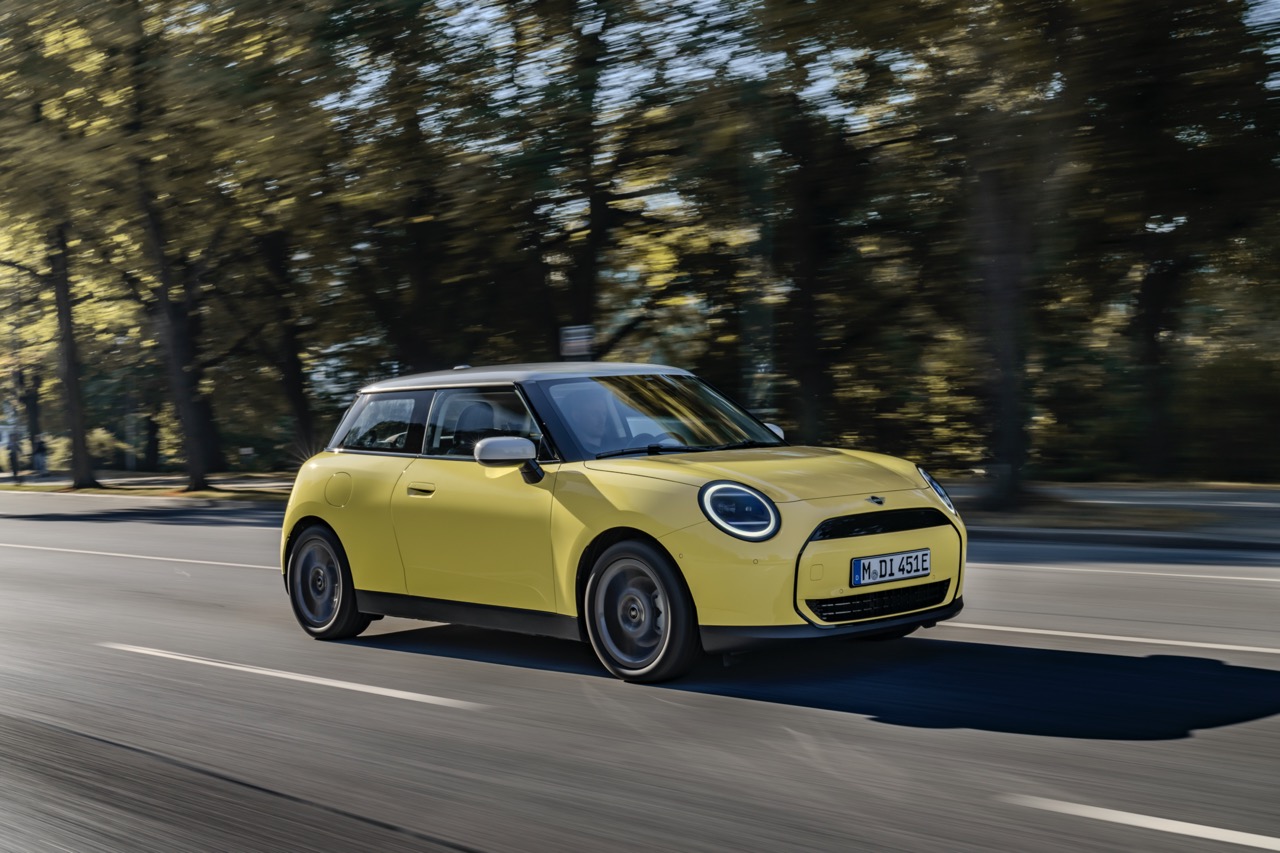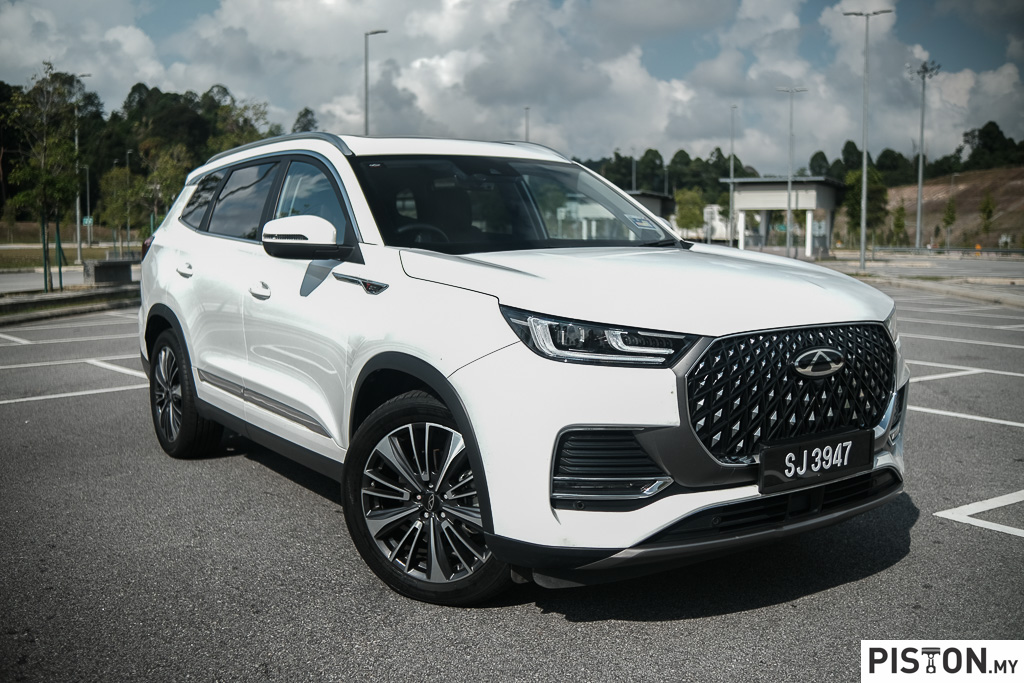For a car that began life associated with the original Volkswagen Beetle almost 60 years ago , the Porsche 911 evolved in a very different way. It is not just an iconic car but the prime representative of German sportscars. Owners use it daily and racing teams push it to extremes on weekends.
Now, another test of the 911’s capabilities will be carried out and this is a very challenging one because it is in an environment hostile to motor vehicles. There are no roads; the air is thin; the temperature is far below freezing; and even plant life can’t survive. It’s on the steep slopes of Ojos del Salado, Chile, the highest volcano in the world.
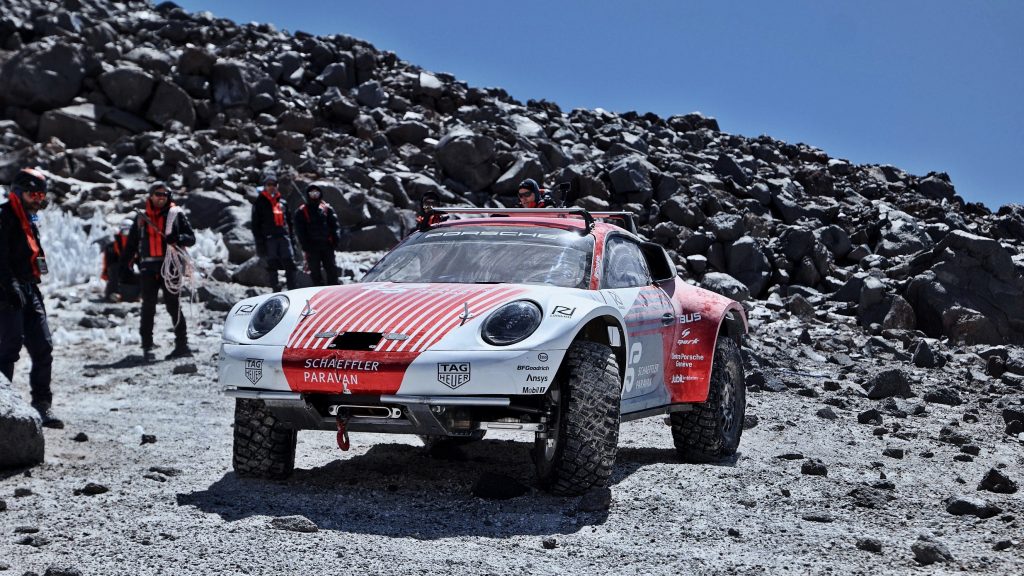
A team, led by endurance racer and adventurer Romain Dumas, has set out to explore the limits of the 911 and so far, the first test has taken place successfully. As a consequence, a 911 became one of very few vehicles of any kind to have ever reached such an extreme altitude – 6,007 metres. On the way up, the cars were operating in temperatures around 30 degrees C. below freezing and with half the available oxygen in the air compared to being at sea level.
With Romain Dumas at the wheel, the 911 travelled over rocky ground as well as ice fields that tested the abilities of both the car and the team in Impassable walls of seasonal snow and ice high up near the summit provided the upper limits of the test.
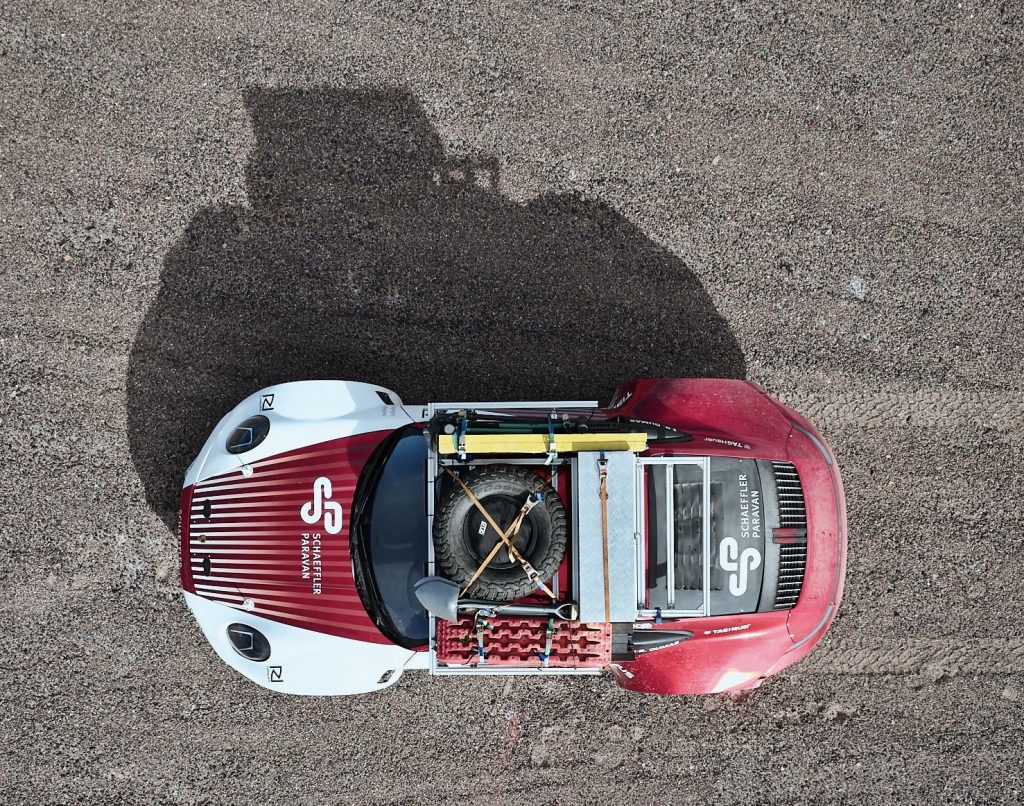
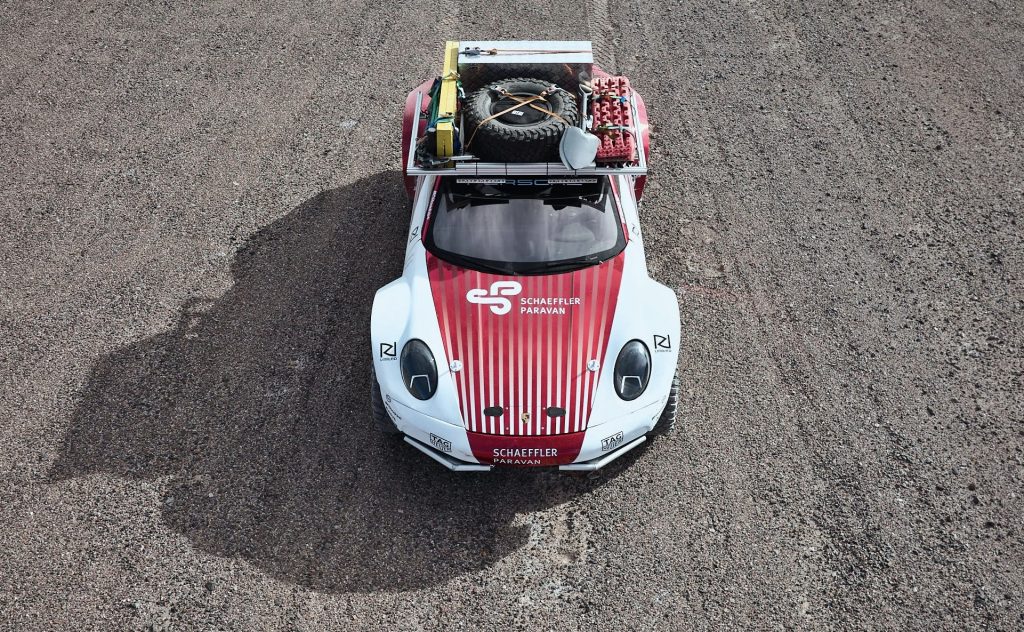
“This was a truly memorable and special moment in a place that’s both beautiful and brutal at the same time – I guess the only machines anywhere in the world higher than us today were aircraft! For the team and the car, it was about learning – and right out of the box, the car was tough and nimble. We were hard on ourselves and really put it in the deep end for its first test, yet it felt at home,” said Dumas.
“We have enormous respect for those who have gone higher. No one has seen so much ice and snow up towards the top of the volcano, but despite this we went over 6,000 metres up, to the point where the walls of ice and snow meant we could go no further. We’re really proud of what the car and the team are capable of first time out – hopefully we can count on many more adventures in the future.”
“It’s been magical to build a 911 like the world has never seen before – made possible by a small team of engineering enthusiasts. The 911 has already been proven on the track and, of course, on the road. With this project, we‘re shifting the focus to where there are no roads,” said Michael Rosler, chief engineer for the 911 who was given the task of developing the special 911s for the expedition. “Testing our theories means finding the harshest possible environments to see if they work – and on the highest volcano in the world, we succeeded.”
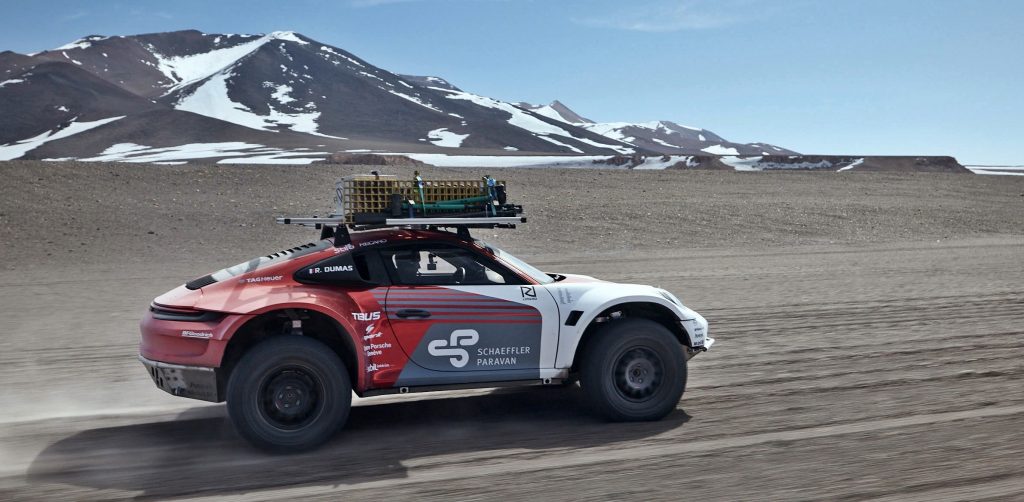
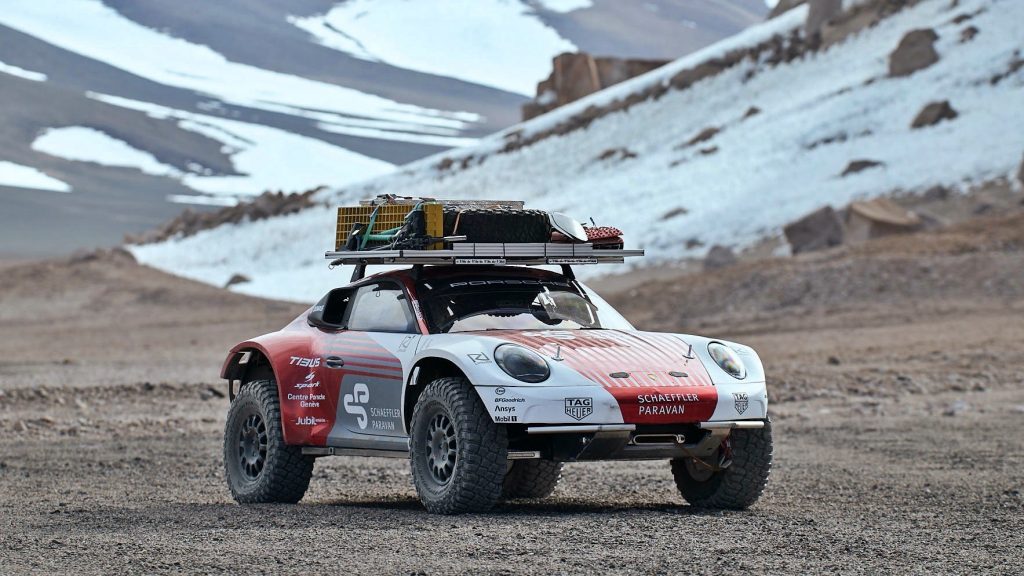
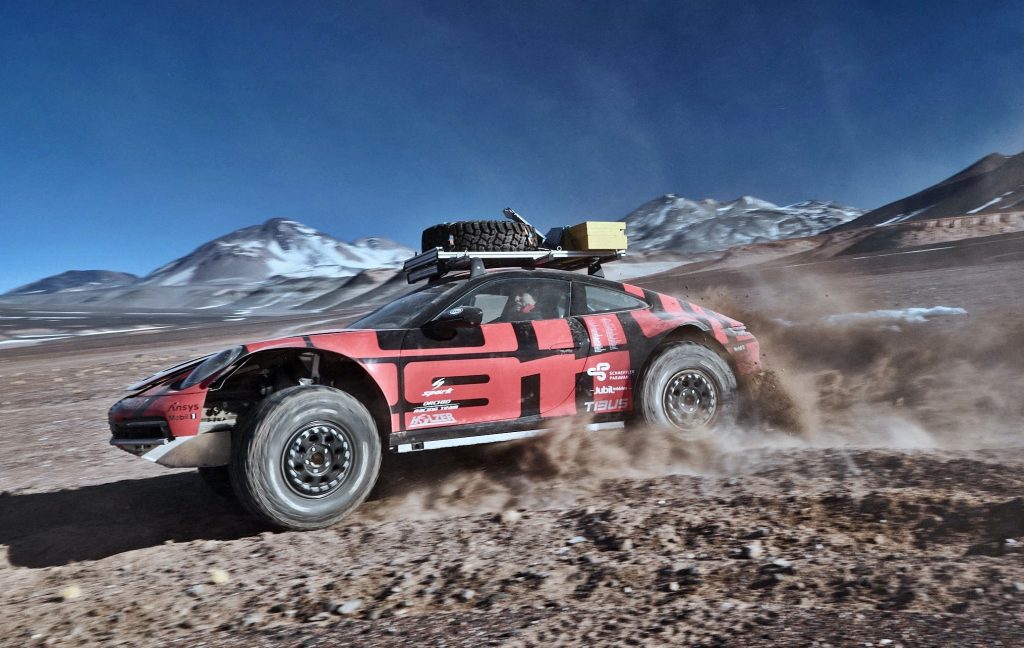
At the core of each car is the 911 (Type 992) Carrera 4S equipped with a factory standard turbocharged flat-six developing 443 bhp under standard conditions and the original 7-speed manual transmission. The 911 itself proved to be an excellent base through the mix of robust yet lightweight chassis construction, short wheelbase, ample power and the ability to cope well with extremely high altitudes.
From this starting point, the engineers at Porsche’s R&D in Weissach, near Stuttgart, working closely with Romain Dumas Motorsport, prepared it for the specific demands of the mission. The two cars were first equipped with roll-cages, carbonfibre seats and harnesses to meet the safety requirements such extreme conditions demand.
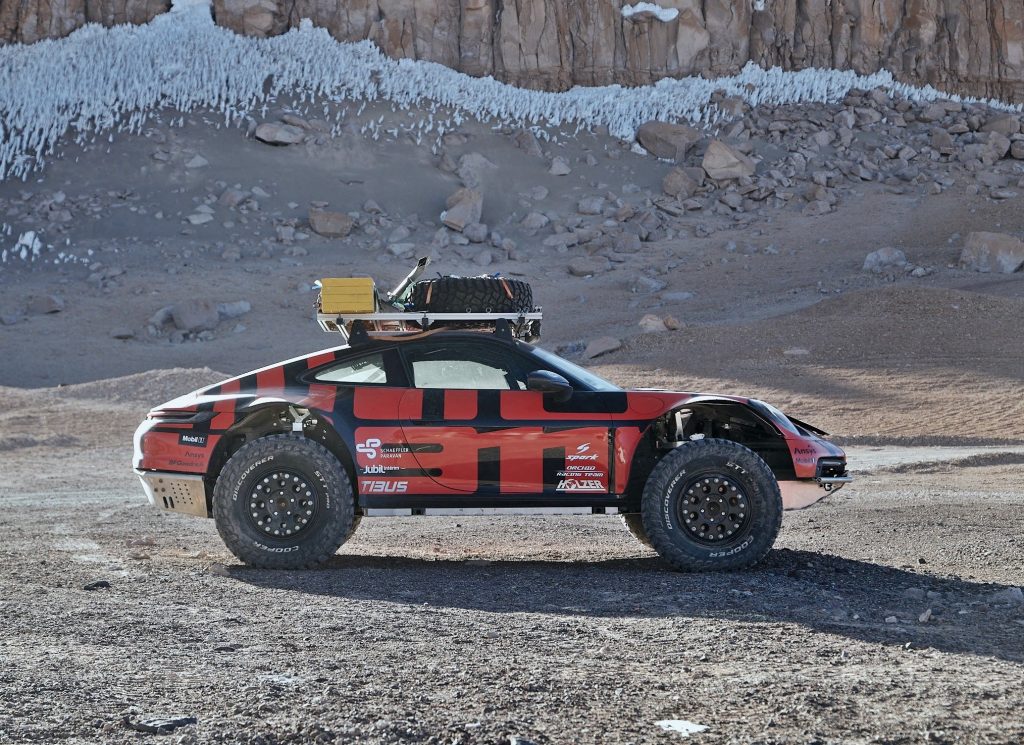
Next, portal axles were added to increase ground clearance (now 350 mm). New, lower gear ratios allow for precise, gentle throttle inputs at low speed and work well with large, newly fitted off-road tires. In addition, the cars are equipped with special lightweight, but extremely tough, Aramid fibre underbody protection to allow sliding over rocks.
A device called the Porsche Warp-Connecter was added. Originally designed for motorsport applications, it forms a mechanical link between all 4 wheels to allow constant wheel load even when the chassis is enduring extreme articulation – contributing to maximum traction. Manual, switchable differential locks were used along with an advanced steer-by-wire system. Finally, a winch was added at the front of the car along with revised bodywork to allow clearance for the 310 mm wide off-road wheels and tyres.
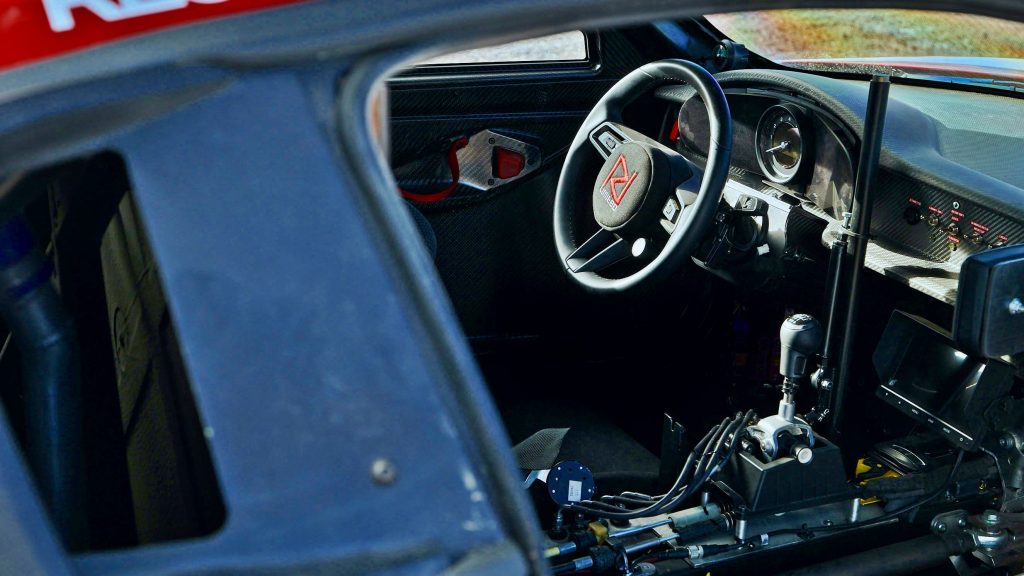
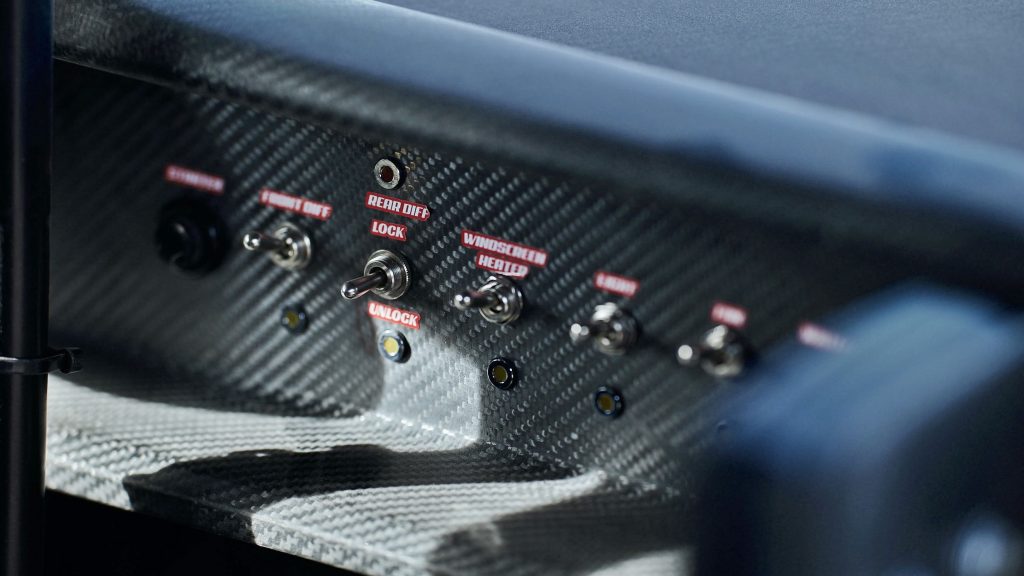
The cooling system also needed to move upward to allow the car to tackle more extreme off-road sections without fear of damage. As a finishing touch, the bodywork was finished in two distinctive liveries – one featuring the same Porsche Motorsport colour scheme adorning the 963 LMDh racer and a second 911-themed livery designed by the styling team in Weissach.
“Over 30 years ago, a team of Porsche engineers fitted 4-wheel drive to a 911 to explore ‘what if?’ – and I’m proud that this natural curiosity and drive amongst engineers to explore the limits, to test new ideas and above all, to inspire, is alive and well. Projects like this one are vital to who we are at Porsche. As they began their journey, the team literally aimed sky high with the first of what I hope will be many adventures,” said Dr. Frank-Steffen Walliser, Vice-President, Complete Vehicle Architecture and Characteristics at Porsche AG.
